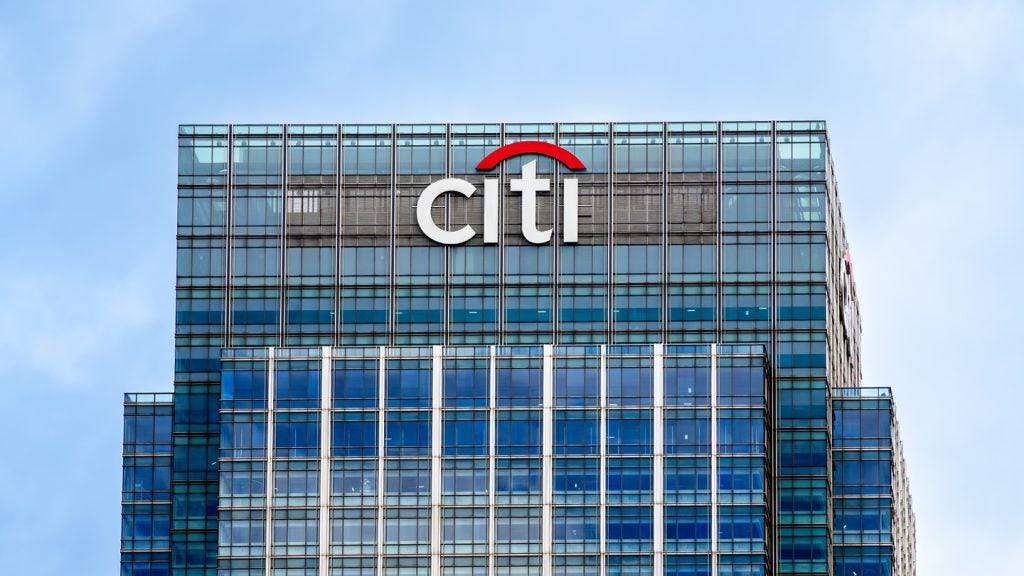
UK current account monthly service fees and the future of free in credit banking is a debate that refuses to go away.
Dimitris Hiotis, Maximilian Biesenbach, Hrishi Rajadhyaksha, and Oliver Peacock argue that the time is right for UK banks to transform the charging model for current accounts

Access deeper industry intelligence
Experience unmatched clarity with a single platform that combines unique data, AI, and human expertise.
At the end of October, with its share price at its lowest level since 1995, HSBC announced it was considering charging for current accounts. While HSBC remains committed to offering a ‘basic’ free option, the announcement is yet another signal pointing to the increase of paid current accounts in the UK.
Many UK consumers view a current account as something they should have access to by default – think more infrastructure than a value-adding service they should pay for. At the same time, current accounts are substantial loss-makers for banks. This has resulted in UK banks getting into contortions about a key question: To charge or not to charge?
On one side are the advocates of the free current account. The core argument is that being the first to charge for current accounts (as the standard option) in the UK will be the victim of bad press. The second bank to do it? You’re probably okay.
The cross-sell argument
Their follow-on argument is cross-selling – yes, the current account is a loss-leader, but it is a gateway to selling credit cards, savings accounts, and a mortgage, the recipe for customer profitability. The cross-sell argument is weakening. The growth of aggregator platforms and, in the case of mortgages, the ever-rising strength of the broker means the likelihood of cross-selling is less likely than ever before. Nowadays, your standard High Street customer is most likely going to compare the whole market and thus choose the product that is best for them.

US Tariffs are shifting - will you react or anticipate?
Don’t let policy changes catch you off guard. Stay proactive with real-time data and expert analysis.
By GlobalDataOn the other side are those who say charge. The argument here is simple: we’re losing money by providing a service that delivers substantial value and costs us to deliver. Even this group usually recognises the risk in being the first mover and usually hedges (like HSBC in their recent announcement) by remaining committed to offering a ‘basic’ option.
The debate ultimately comes down to a simple trade-off: Is it worth losing a portion of your current account customers in order to make £x/month from the accounts you keep?
To answer the trade-off, banks need to segment their customers based on their cross-sell value (their likelihood of using profit generating services) and their willingness to accept a current account fee. Broadly these segments fit into four groups:
- Customers with high cross-sell value who are willing to pay a current account fee if there is adequate value provided. These are the most valued customers.
- Customers with high cross-sell value who are not willing to pay a current account fee. These are the customers we have to be the most careful with.
- Customers with low cross-sell value who are willing to pay a current account fee if there is adequate value provided. These represent the best opportunity for banks.
- Customers with low cross-sell value who are not willing to pay a current account fee. Banks should get used to the idea that it is perfectly okay to lose some of these customers for the sake of a healthier bottom-line.
The ideal current account offering will keep customers in groups 1-3 and lose customers in group 4.
To keep groups 1 and 3 (those willing to pay a fee), banks need to ensure they have a current account that offers more value than free alternatives. In order to do so they need to quantify the right value drivers and build current account bundles incorporating those.
Group 2 (high cross-sell value, not willing to pay a fee) may seem to present more of a challenge. How do you keep the customers who have high cross-sell value but are reluctant to pay for a current account? It’s actually relatively straightforward – you find indicators directly linked with the high cross-sell value and provide fee waivers based on that metric, rather than more indirect, yet commonly used waivers (e.g.: a minimum amount paid into your account monthly is a common waiver used, but something more interesting could be fee waiver linked to balance in a savings account).
Postbank, a subsidiary of Deutsche bank, was one of the earlier adopters of paid for accounts in Germany. They charged €3.90 a month unless the customer had a monthly inflow of €3,000 or more. They did this because customers with high monthly inflows are more likely to have high cross-sell value. Even though they probably cannibalised some of their ‘group 1’, customers with high cross-sell value with a willingness to accept a current account fee, given the margin pressures UK banks are likely to face in the short to medium term, the trade-offs may be positive for the bottom-line.
To summarise, the way forward for UK banks should be to:
- Create a strong current account proposition by identifying the features customers truly value
- Segment customers based on their cross-sell value and willingness-to-pay to identify the customers you would lose based on charging £x/month for current accounts
- Set the £x/month and fee waiver conditions to maximise the expected outcome of the cross-sell and current account fee income trade-off.
Each UK bank will have to understand their customer base intimately and run the numbers to find the precise solution that’s right for them, but ultimately all will find a common current account truth: at the moment, they’re losing money when they could be making it.
Authors:
Dimitris Hiotis, Partner, Simon-Kucher & Partners
Maximilian Biesenbach, Partner, Simon-Kucher & Partners
Hrishi Rajadhyaksha, Director, Simon-Kucher & Partners
Oliver Peacock, Consultant, Simon-Kucher & Partners







